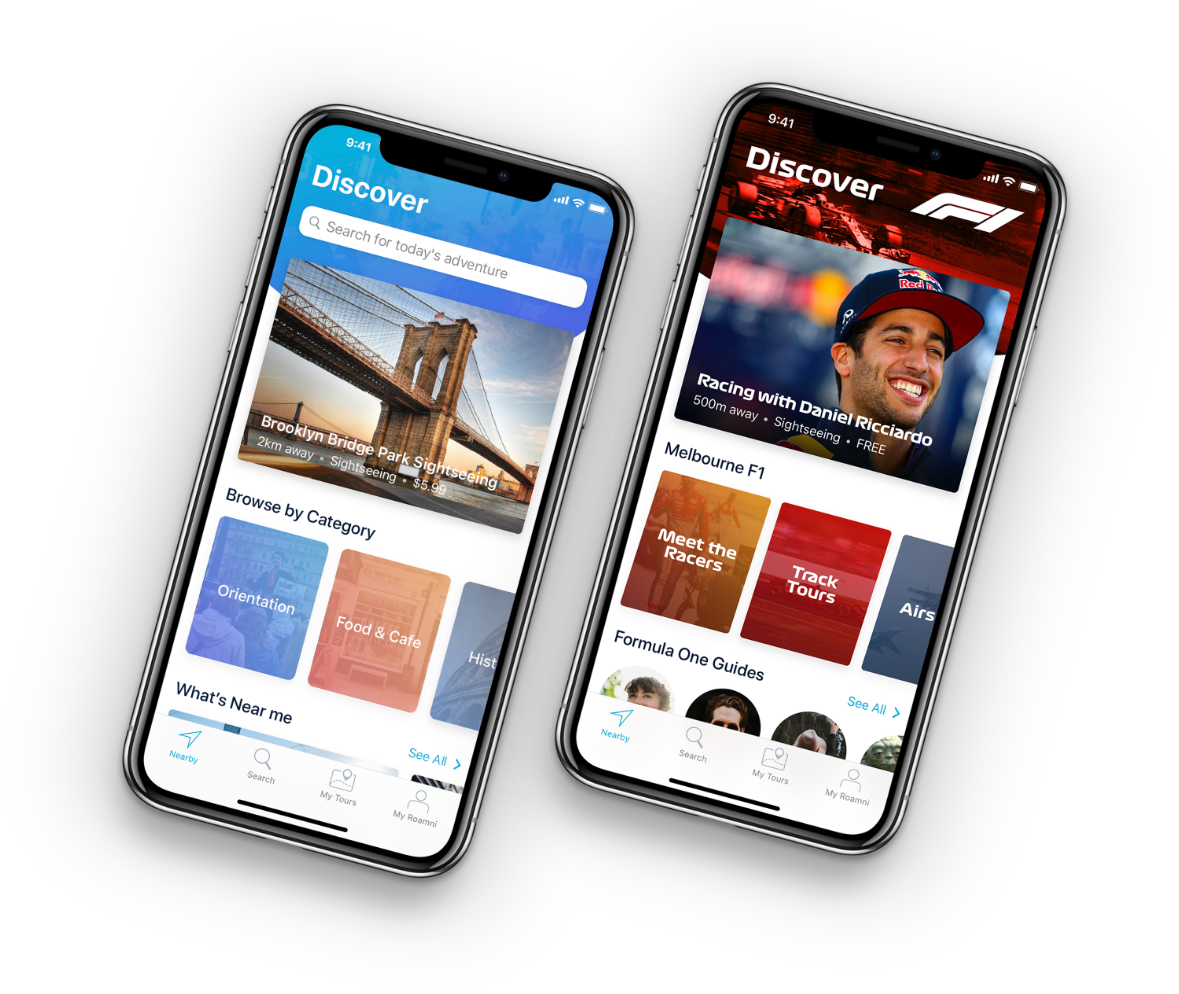How to Develop an App Idea: 8 Steps from Vision to Value

Did you know that Apple co-founder Steve Jobs was a sculptor and a passionate artist?
He’s a rare breed who understands the intersection of technology and liberal arts. Jobs believed technology must be combined with art to create meaningful and impactful products. His ethos turned Apple from a garage business to the two trillion-dollar company we know today.
Like Jobs, do you also have a great app idea that could improve people’s lives? If that’s a resounding yes, app development is a route we strongly recommend.
Read this article further to explore your roadmap to success on how to develop an app idea from inception to launch.
How to develop an app idea in 8 easy steps
Developing an app idea is like building a house. You need a blueprint to guide you until you see the finished structure.
Let me run you through the steps, and then we unpack each one.
- Think big but start small
- Spend time brainstorming your app ideas
- Study the competition and the market
- Choose your app development path.
- Fine-tune your chosen app idea
- Turn your app idea into a design prototype
- Fund and develop your app
- Launch your app and scale your growth
Step 1: Think big but start small
Based on our extensive collaboration with different companies, a successful app is a byproduct of small, deliberate strides from a proven and tested app development process.
The best way to start is to go for the basic concept and improve it along the way. This approach aligns with the Lean Startup methodology, where you iterate based on feedback and experimentation. Developing app ideas for businesses and nonprofits is almost the same as how Airbnb has done it.
Airbnb started as a single apartment room that founders Brian Chesky and Joe Gebbia rented out. After improving their service offering and marketing strategy, the founders eventually attracted billion-dollar investments. Now, millions of people book their vacation rentals through the Airbnb app.
Another excellent example is MyDeal, whose founder Sean Senvirtne played it well when he positioned his e-commerce brainchild in the mobile app market. After a few iterations, our team eventually developed an eCommerce app that’s not just functional but phenomenal.
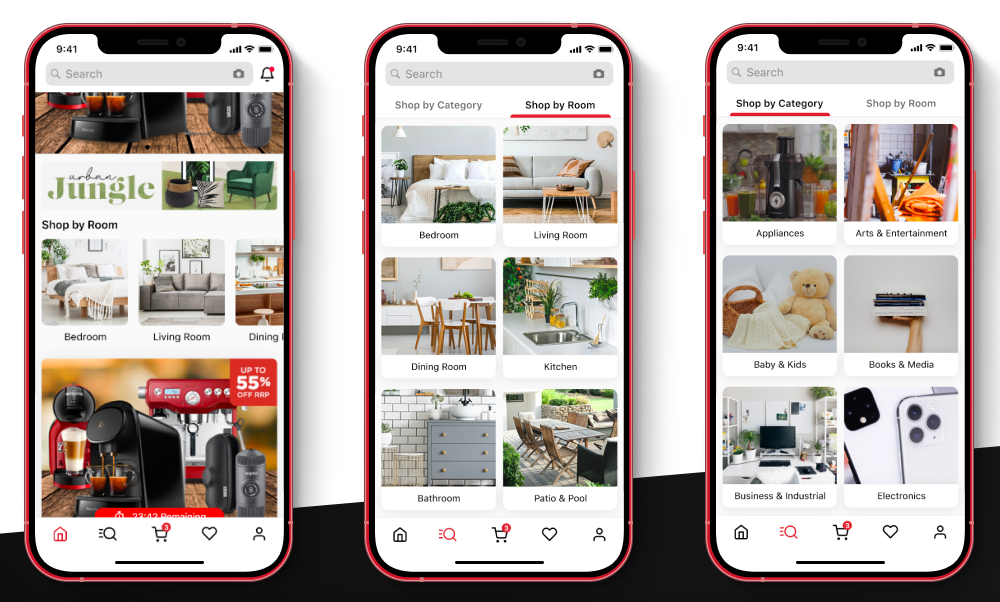
MyDeal’s success wasn’t a sprint. The process of developing the app idea was like a marathon as mobile app developers fine-tuned it, optimizing every ounce of effort. Now the company is worth millions.
Got a budding app idea? Don’t underestimate its potential. Have a chat with us, and we’ll transform that spark into a standout app.
Step 2: Spend time brainstorming your app ideas
Brainstorming involves listing all possible solutions to a problem. Even seemingly unrelated ideas are welcome in a brainstorming session.
Engaging with the moment when your creative juices flow is good practice when you brainstorm by yourself or with others. This will prevent you from getting entangled with the “perfect app.”
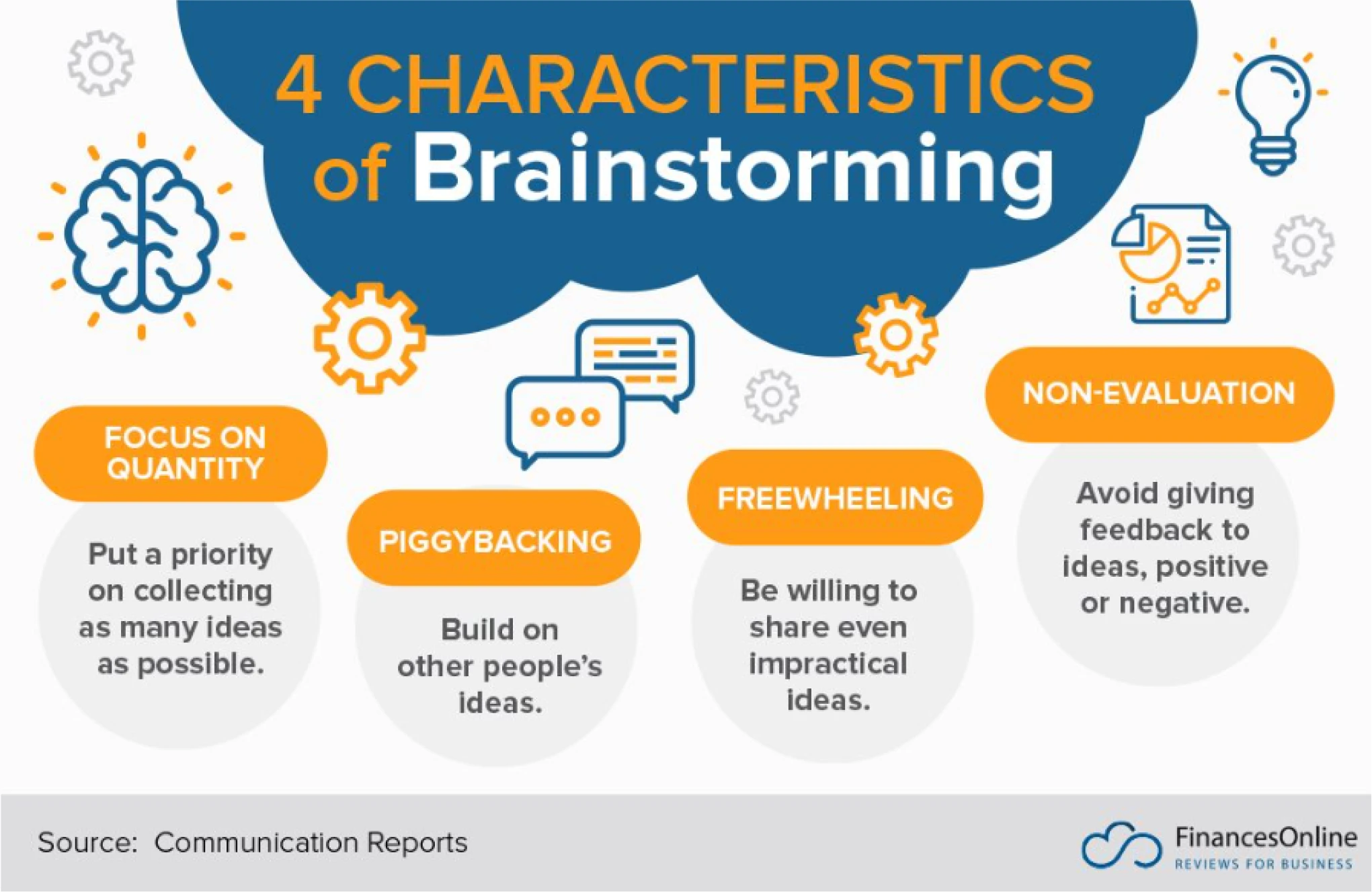
Source: FinancesOnline
Inspiration can come from almost anywhere. Bring a small notebook or phone with a note-taking app wherever you go. That brilliant app concept can come when you least expect it, like when you’re eating out or hanging out at a park.
Take note of your thoughts whenever you see something wrong with current apps or think of a mobile app idea to help the people you care about.
A chat over books or coffee with friends can also be a fun way to brainstorm even seemingly crazy app ideas. Remember, there is no right or wrong concept when it comes to brainstorming.
To visualize your thoughts, you can explore mind-mapping digital tools, such as MindMeister and the like.
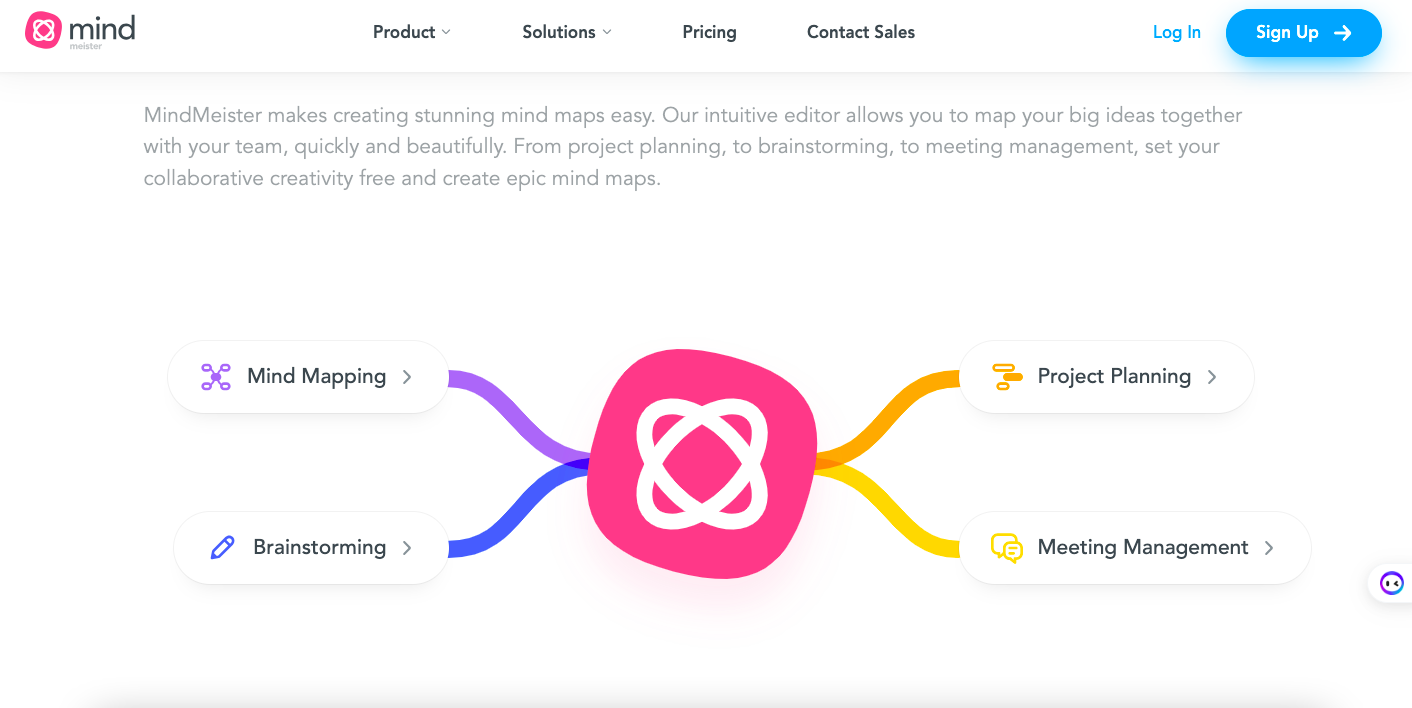
Source: MindMeister
Once you have gathered a lot of app concepts, you can proceed with the next step.
Step 3: Study the competition and the market
When choosing the best app idea from your notes, it is vital to do the following:
- Take stock of your competitors
- Conduct market research
- Check out other industries for benchmarking
Sharpen your app idea by examining existing apps that solve real-life problems. Finding ways to improve rival apps can also enhance the focus of your app idea.
Your action plan for this is to:
- Go to the App Store and Google Play Store
- Search for the top 10 apps with many app downloads.
- Narrow down your search within your industry as your starting point.
For instance, if you want to launch a fitness app, then filter out the category related to your app idea. Here’s an example from App Store.
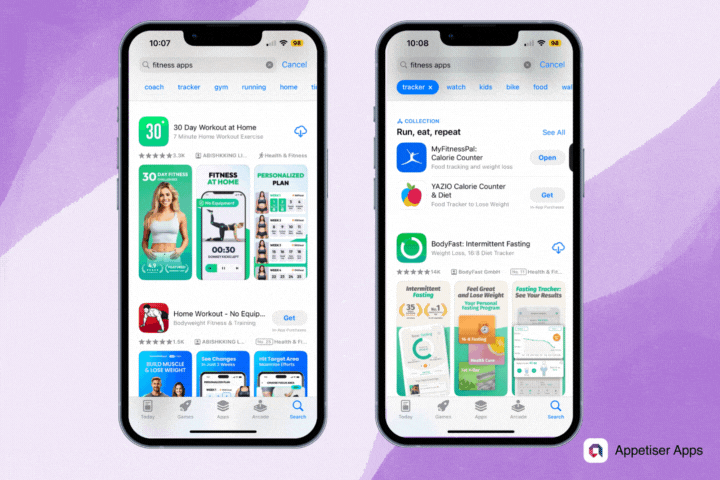
About market research, one way you could do this is through online or in-person surveys. You can enlist the help of your friends, colleagues, or family to conduct these surveys so you can answer the following questions:
- User persona and user experience (UX). What kind of users would I like to help with my app? What are their genders, ages, and professions?
- Potential demand. What are the problems my potential users are encountering? How are they dealing with these concerns? What features do they want from my app? Would enough people want to use my app to the point that my app could earn enough money?
- Service location. Would my app serve my local neighborhood best, or could I launch it globally?
- Competition. Are there existing apps in my chosen geographical area? What features do these apps have?
Market research works hand in hand with competitor analysis to ensure your app idea is viable. Learning about your potential market will help you develop the right basic features, which we will tackle later in Step 5 of this article.
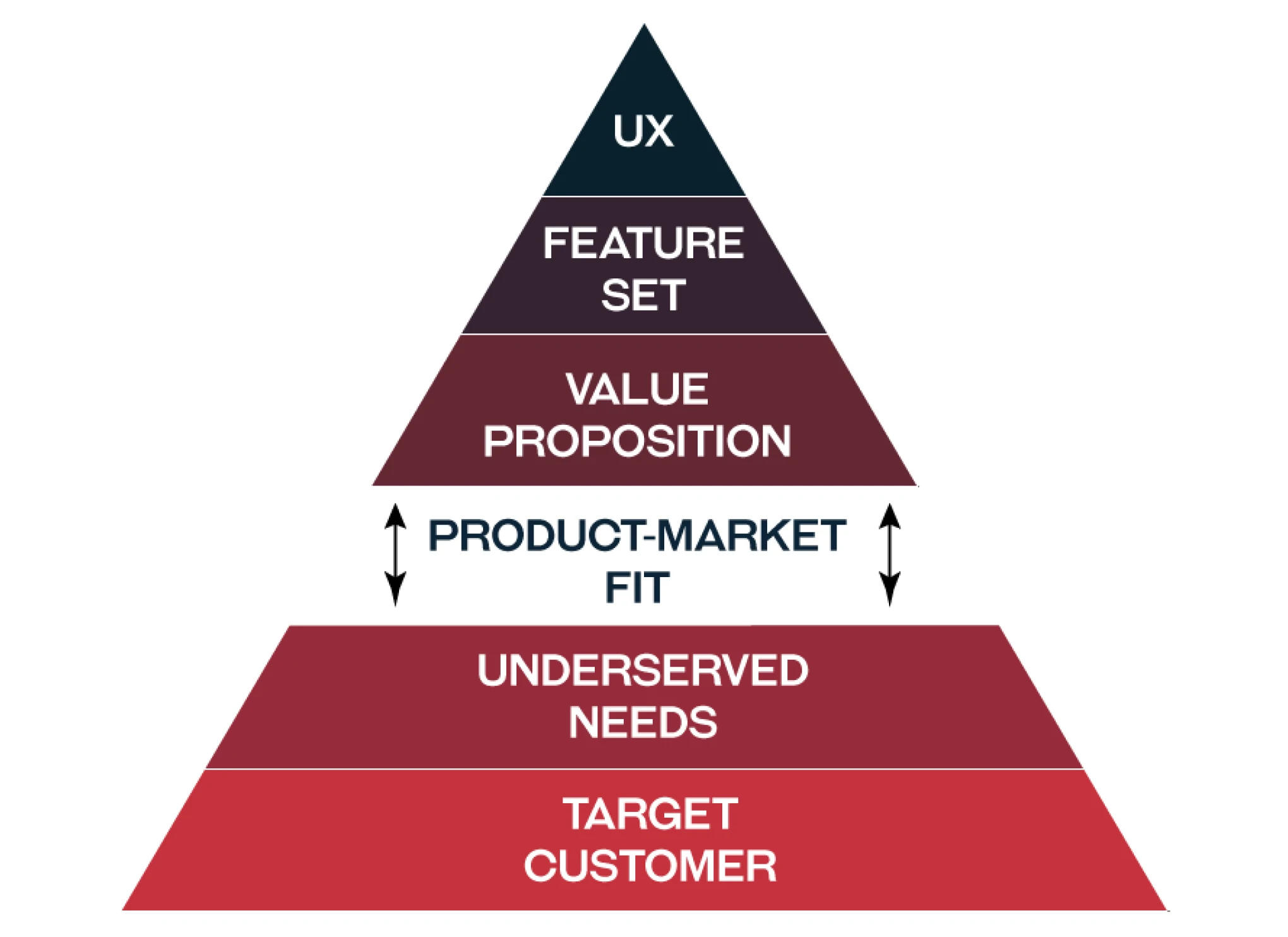
Source: Pagepro.co
Studying your target audience will also help you gauge whether or not people like your app idea. The more people like your idea, the more successful it could be.
Another way to conduct market research and improve your app idea is by looking at what other industries are currently doing. It’s benchmarking outside of your industry. What’s different or unique about them that you can apply to your app idea?
You can also stop looking at what everybody else is doing so you can flesh out a unique idea.
Steve Miller, author of Uncopyable, suggests a radical approach to create an unfair advantage over your competitors: “Look at what everybody else is doing and don’t do it.” Simple advice — but not easy to do. We all have our heuristics, outside influences, perceptions, and opinions about things. They’re drilled into us. But if we truly want to clearly separate ourselves from the crowd, this is exactly what we must do.”
Collect as much information as you can, whether you plan to copy what competitors are doing or otherwise.
If you think you need to tap expertise in this step, contact our product strategists to learn how your app idea stacks up against a potential target audience and rival apps.
Step 4: Choose your app development path
The app development process is complex for bespoke solutions. You can approach this in three ways if you want an app idea to be tangible:
- Use drag-and-drop app builders.
- Hire in-house team.
- Outsource app development team.
Depending on the you would take, you will still have your app. But the process it goes through is different.
Let’s unpack each path and weigh in the pros and caveats.
1. Use drag-and-drop app builders
Drag-and-drop app builders give anyone without any technical knowledge the opportunity to develop apps at affordable prices through, you guessed it, dragging and dropping buttons and other app components.
Mobile app builders provide speed and convenience for those who want to launch an app in days or weeks. However, if you choose this route, customization is limited, like if you build using Shopify app builder for an eCommerce store.
You would have to stick with the features that the service provider offers. In short, this may not be the best option if you want more flexibility and customization.
2. Hire an in-house team
An in-house team is good if you want complete control over the entire app process. Having your developers enables you to build a business culture they can align with. The more these developers like the culture, the more motivated they are to create an awesome app for you.
Another advantage of having a development team is that you can communicate more closely with it. Additionally, using an AI schedule generator can optimize your project timelines and ensure that your team stays on track.
However, maintaining an in-house team has its downsides. For one, it’s more expensive. Employee salaries and additional office equipment cost much money in the long run. For example, the pay range for a software developer in the United States is from $94,000 to $136,000 annually. This doesn’t include other employees, like project managers, QA, and software engineers.
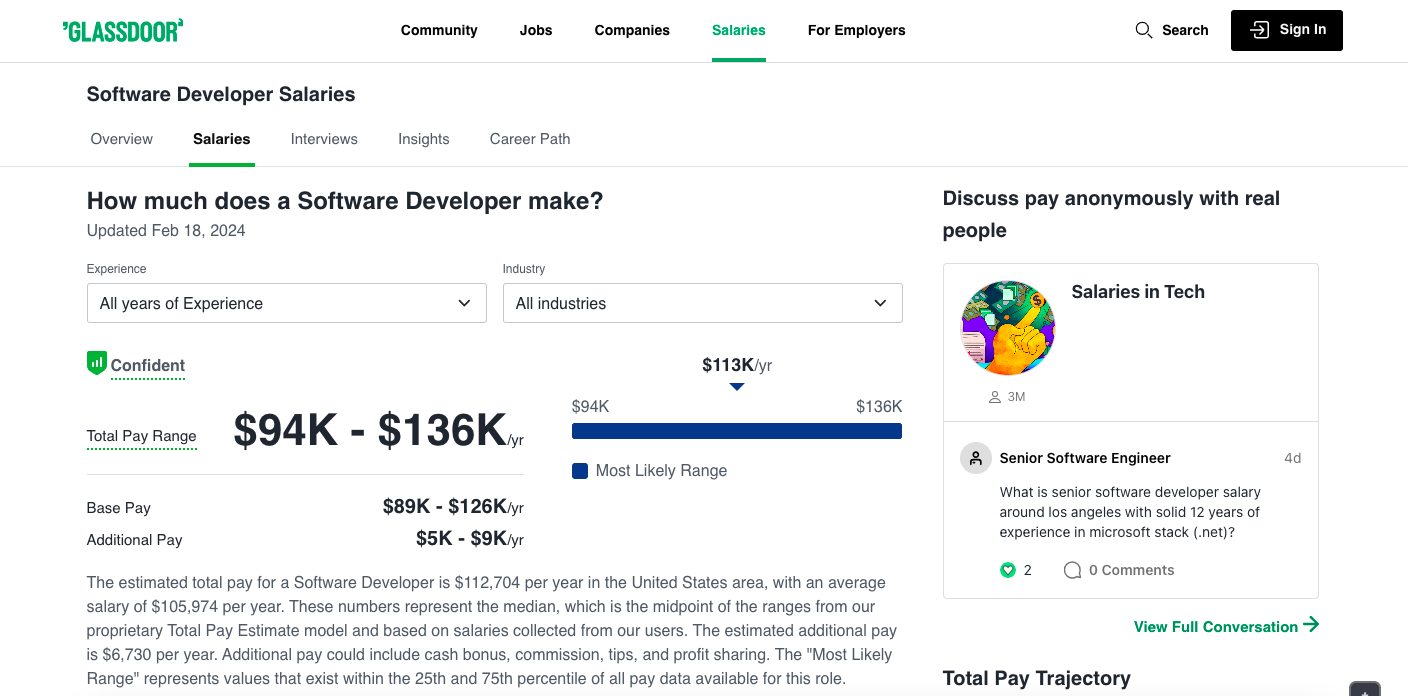
Source: Glassdoor
You will be bleeding cash before launching your app and generating profits.
Given the disadvantages mentioned, be careful when considering growing your own development team. You will know that an in-house developer squad is optimal if most of your team members have:
- A software skillset diverse and good enough for your app development requirements.
- Stayed a long time with your company.
If you think finding app developers isn’t going to work for you, then it’s best to leave complex projects like building apps to the experts.
3. Outsource app development team
One benefit of outsourcing app development is access to a diverse team of experts. Given the advancements in technology, you can outsource your app project to developers from many countries. This is a plus, given that studies highlight the intelligence of diverse teams, which you can leverage to make your dream app a reality.
A downside, though, is some companies or developers are not good at keeping information confidential. This could expose your original app idea to people who shouldn’t know about it.
To avoid this, you can read our guide on how to patent an app idea for more insights.
Another disadvantage of this mode of app development is some developers don’t know how to best express your vision into a successful app. This could be due to many factors, including a lack of communication between you and your outsourcing team during the app development process.
If you want to avail of outsourcing as a development option, verify the following first before moving forward:
- Ask your potential developers crucial questions to maximize your app’s chance of success
- Do background research by checking out your developers’ social media and other similar Internet profiles
Many of our Australian and international clients can attest to our app developers’ clear communication, cost-efficiency, competence, credibility, and confidentiality.
Whatever app development process you choose, carefully weigh the pros and cons before proceeding with the next steps below.
Step 5: Fine-tune your chosen app idea
Now, it’s time to improve your app concept so you can move on with app design and development.
In our experience turning app ideas into million-dollar businesses, we shape our clients’ app concepts based on the following information from Step 3:
- How the potential users interviewed deal with the chosen problem.
- How existing apps are addressing the problem.
From the ideas of your potential users and competitors, develop a few basic features for your app concept. If your market research and competitor analysis have yielded too many features for your app idea, archive the nonbasic features for future reference.
If your app idea has features that closely resemble other apps, there is still a way to make your app special. You can make your concept as unique as possible by using the following questions:
- Is your app significantly more affordable?
- Does it have a superior user interface?
- Does it feature unique technology (for example, faster loading times, compatibility with more phones or laptops, etc.)?
Strive for an app that solves the problem of your target audience. If you answered yes to the following questions above, then you’re in the right direction. Achieving this ensures that your app stands out regardless of existing apps by your competitors, enriching the user’s experience with its distinguished value.
After refining your app idea to make it market-ready and special, the next two steps are crucial to making your dream app real and functional.
For a more detailed discussion of these two steps and other relevant matters, check out our in-depth guide to building a successful app.
Step 6: Turn your app idea into a design prototype
After you have fleshed out your app idea, it’s time to turn it into a prototype.
An app prototype is a tactile version of your app idea that lets people know how your app will look and feel.
Prototypes come in many forms, from sketches to designs that resemble functioning apps. In any case, a prototype highlights the basic app features you outlined in Step 5. Some skilled app designers use graphic design software to create them with ease.
Design prototypes have been proven effective in attracting investor funding at a fraction of the cost of full-fledged mobile applications.
In fact, our clients Roamni and Vello received funding from our bespoke designs: the former has been valued at $5 million, and Vello was able to raise more than $1 million.
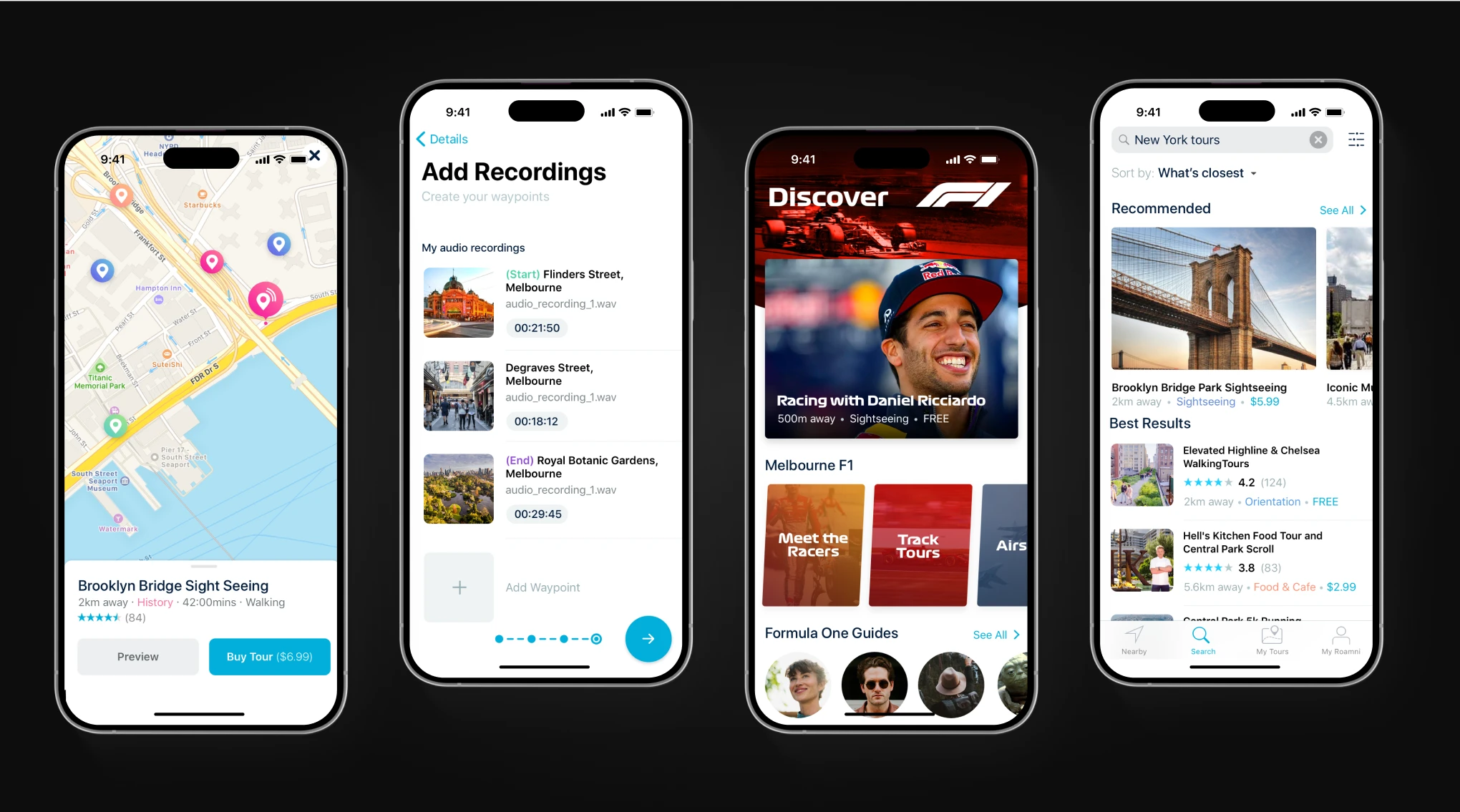
A basics-only prototype works well with a minimum viable product to ensure speed and cost-effectiveness from app idea to app launch.
Step 7: Fund and develop your app
It’s rare to find an app development agency that helps your app idea succeed from the beginning to development until launch.
Appetiser Apps, for instance, offer Appetiser Launchpad ™, which helps businesses navigate fundraising and business setup. You can learn more about app fundraising strategies with a community of established founders who have done it.
The Appetiser team doesn’t raise money for you, but as an entrepreneur, you will learn the skill and excel at it.
Where to find funding for apps?
Among the many ways to finance your mobile app development include “free ones,” like winning prize money in competitions, getting government grants, or crowdfunding. To learn more about this topic, we recommend our article on powerful ways to fund your app business.
Once you get your funding, you can build a minimum viable product (MVP) more easily.

How to develop an MVP app?
An MVP is an app with only the bare minimum features.
This MVP contains the basic features that were:
- Selected in Step 5.
- Incorporated into the prototype of Step 6.
This MVP may not contain all the fancy bells and whistles, but enjoys the following advantages over a fully-developed app because an MVP:
- Quickly launches your app idea to a wider pool of users
- Enables you to save time and money as you gradually improve your app based on what the market actually wants
In developing an MVP, you should choose which mobile devices it will run on. Will your MVP be a cross-platform app that functions on Android and iOS? Though cross-platform apps offer the flexibility of being uploadable to various app stores like Google Play Store and the Apple App Store, they also have disadvantages.
For more information, check out our article discussing the pros and cons of native, cross-platform, and web apps.
Step 8: Launch the app and scale your growth
You’re all set and excited to launch your app. But there are a few things you need to keep in mind.
For instance, fixing launch bugs, improvements in app performance, and submission to app stores like Google Play Store or Apple App Store are part of this process for Android apps and iOS apps.
Appetiser is generously offering clients one month to polish everything, including app store submissions. According to our product strategists, a soft launch is highly recommended since most live apps do need some refinements.
How the users react to your app will determine your MVP’s business viability and desirability.
Once you’ve determined your app is good for business, you can start planning your monetization strategy to drive more installs. You can plan to earn money from your app on your own or with an app development partner.
Many iconic companies began with MVPs.
Contact us to learn how your app idea can become the next big thing in the business world.
Why should a business consider an app?
Is it really that important to have an app?
If you’re running a business in the 21st century, it’s definitely a yes. Having an app for your business today is like having a storefront on the busiest street in town.
It’s your 24/7 storefront that customers can visit anytime, anywhere, and interact with your business.
Just like how a prime location attracts foot traffic, a well-designed mobile app or web app attracts users and keeps them engaged and locked into your brand’s ecosystem.
These are not assumptions. Statistics on apps, in general, are apt to prove my point:
- 88% of the time spent on mobile devices is on apps, indicating a strong user preference for apps over mobile web browsing.
- 49% of people open an app more than 11 times a day, showing high daily engagement with mobile apps.
- The mobile app market is expected to grow by around $960 billion by 2026.
- According to tech experts, major industries like eCommerce, healthcare, financial services, and travel will need mobile apps to make their services accessible.
- Meanwhile, the web app market is projected to be worth around $10 billion by 2027, according to Emergen Research

Source: Emergen Research
Based on these statistics, it is clear that mobile apps have a huge commercial advantage over web apps. Transforming your idea into a killer mobile application can get the most out of every dollar of investment in app development.
Taking a slice of the global mobile app business pie is possible if you have the right mindset, know what to do first, and connect with the right people.
And having the right app development partner will tremendously impact your app idea.
Pursue your great app idea
Successfully developing an app idea is about tapping your creativity, choosing the best concept based on market realities, and realizing that idea through a cost-effective and industry-tested app development process.
The famous French writer Victor Hugo once said that no army or force in the world could stop an idea whose time has come.
That’s why, though developing an app can be quite challenging, it’s not beyond your reach. Conquering the mobile app market and other app verticals becomes possible through the right partner who can best turn your vision into good business.
Book a free consult with us today, and let’s work to turn your idea into that amazing app that both you and Hugo could celebrate.

Jesus Carmelo Arguelles, aka Mel, is a Content Marketing Specialist by profession. Though he holds a bachelor’s degree in business administration, he also took courses in fields like computer troubleshooting and data analytics. He also has a wealth of experience in content writing, marketing, education, and customer support.



